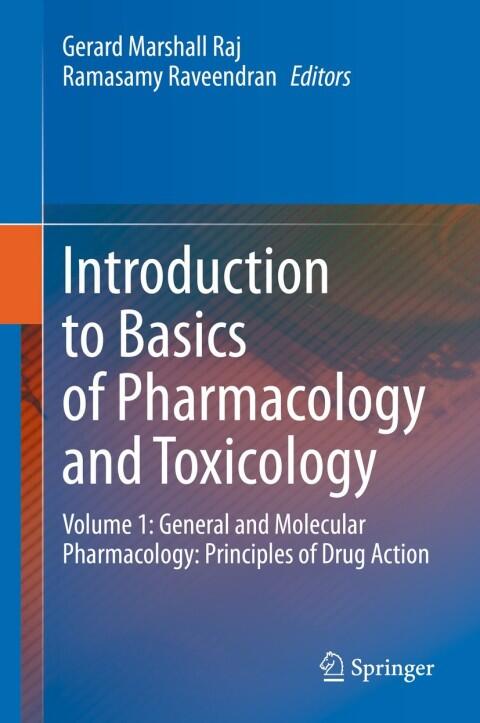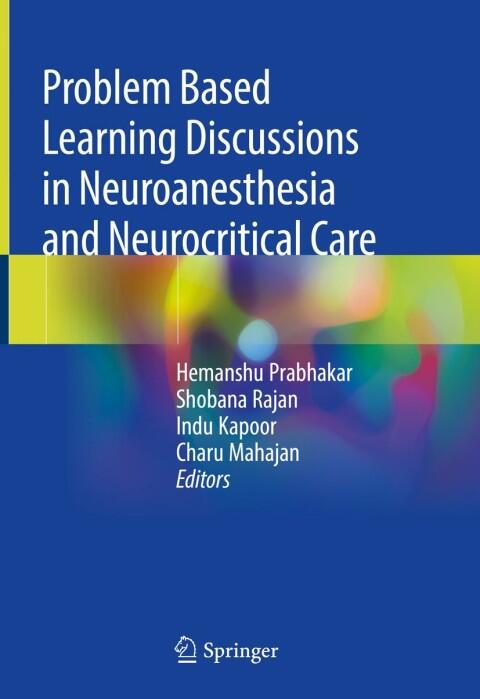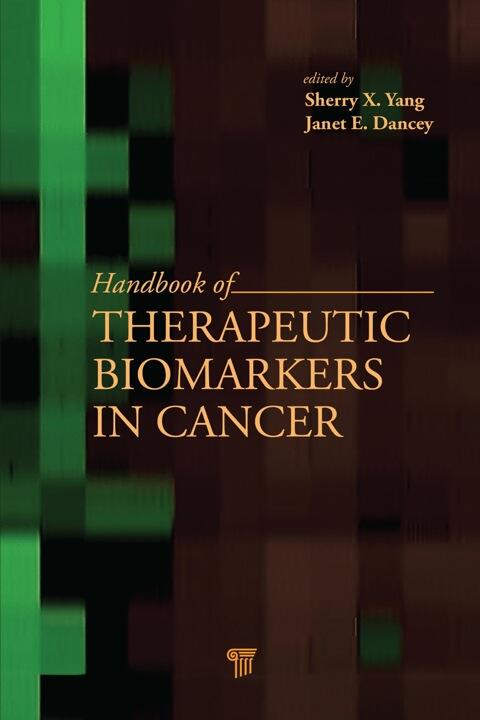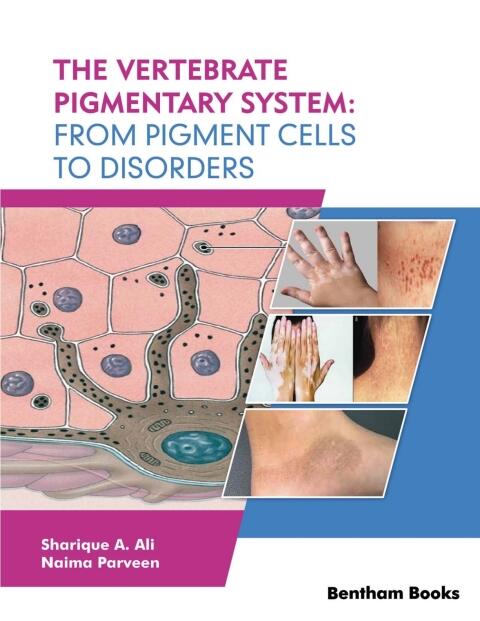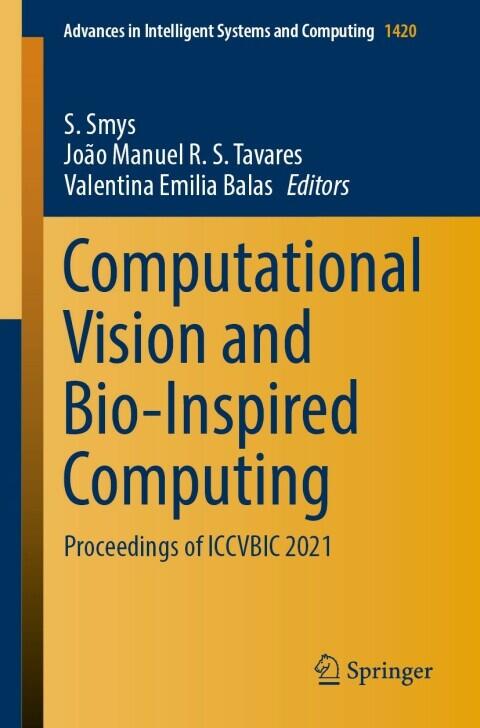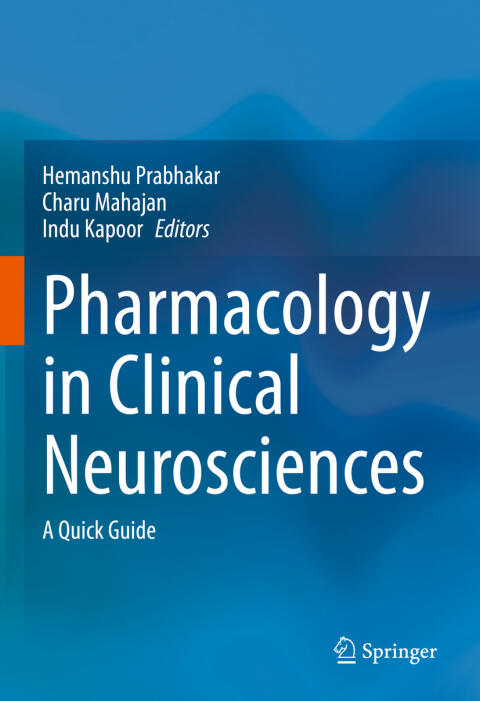
Pharmacology in Clinical Neurosciences: A Quick Guide
by
Hemanshu Prabhakar; Charu Mahajan; Indu Kapoor
No ratings yet
Health & Wellness
Format
Kindle
Pages
1,998
Language
Chinese
Published
Jan 1, 2020
Publisher
Springer
Edition
1st ed. 2020
ISBN-10
9811535914
ISBN-13
9789811535918
Description
In the evolving landscape of clinical neurosciences, understanding the intricate relationship between pharmacology and patient care is crucial for healthcare professionals. This guide provides a concise and accessible overview of essential pharmacodynamics and pharmacokinetics principles vital for clinicians working with neurological patients. The authors, Hemanshu Prabhakar, Charu Mahajan, and Indu Kapoor, distill complex information into easily digestible sections, enabling readers to grasp the nuances of drug interactions and effects on the nervous system.
Covering a range of therapeutic agents, the content bridges the gap between theoretical knowledge and practical application in real-life clinical settings. It empowers clinicians with insights into how drugs can influence neurological conditions, guiding them to make informed decisions for their patients. By integrating scientific principles with clinical practice, the work serves as a quick reference, ideal for busy professionals needing to enhance their understanding of pharmacological principles.
This guide is poised to become a valuable resource in the field of neurosciences, helping practitioners navigate the often challenging terrain of medication management in neurological disorders. With a focus on clarity and relevance, it seeks to enhance the proficiency of those dedicated to improving patient outcomes through effective pharmacological interventions.
Covering a range of therapeutic agents, the content bridges the gap between theoretical knowledge and practical application in real-life clinical settings. It empowers clinicians with insights into how drugs can influence neurological conditions, guiding them to make informed decisions for their patients. By integrating scientific principles with clinical practice, the work serves as a quick reference, ideal for busy professionals needing to enhance their understanding of pharmacological principles.
This guide is poised to become a valuable resource in the field of neurosciences, helping practitioners navigate the often challenging terrain of medication management in neurological disorders. With a focus on clarity and relevance, it seeks to enhance the proficiency of those dedicated to improving patient outcomes through effective pharmacological interventions.
Reviews
Reading Log
No reading logs found
Start tracking your reading progress to see logs here
Add Your First Reading LogNotes
Transaction Log
No transaction logs found
Start tracking your book transactions to see logs here
Add Your First Transaction Log